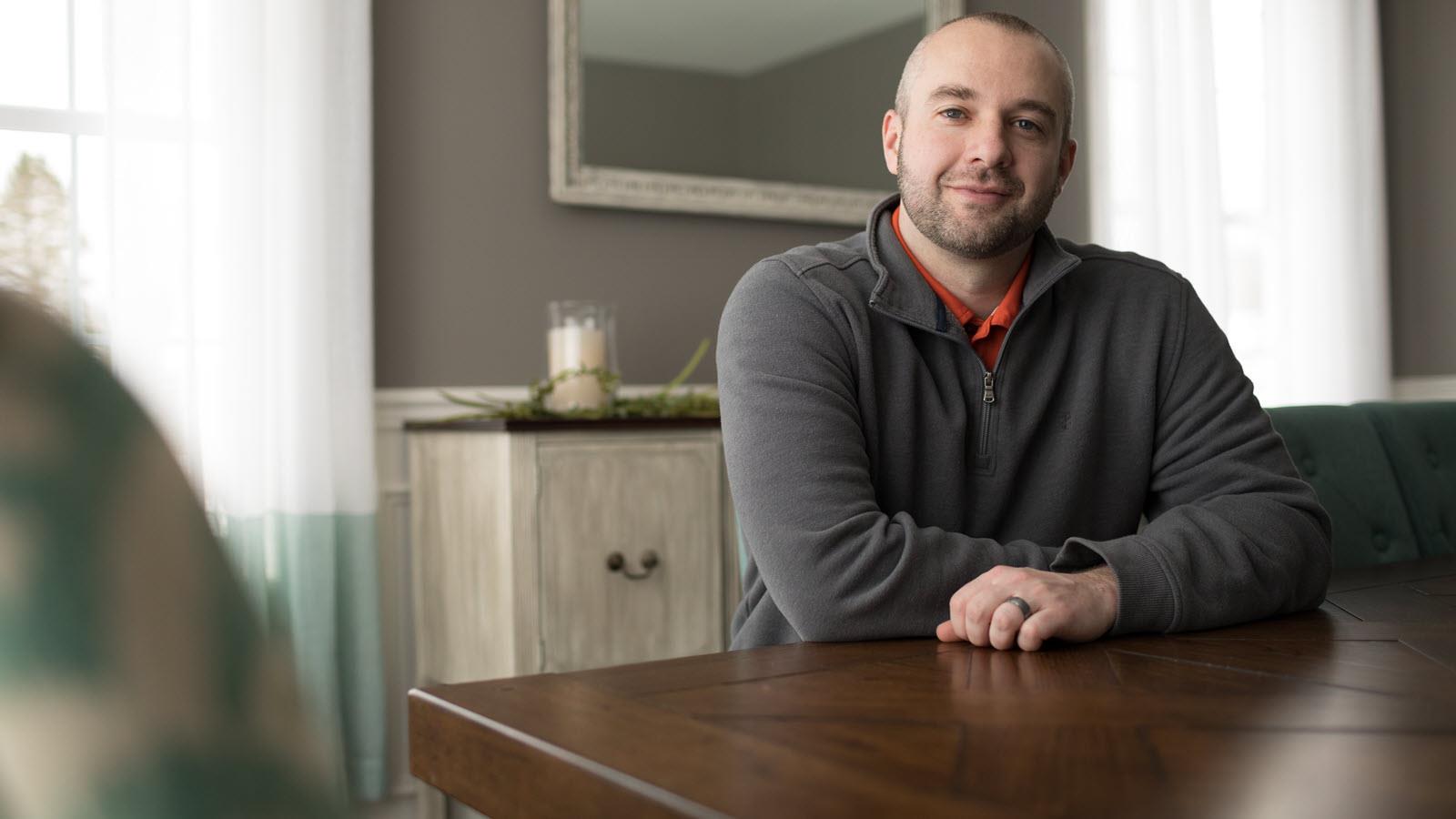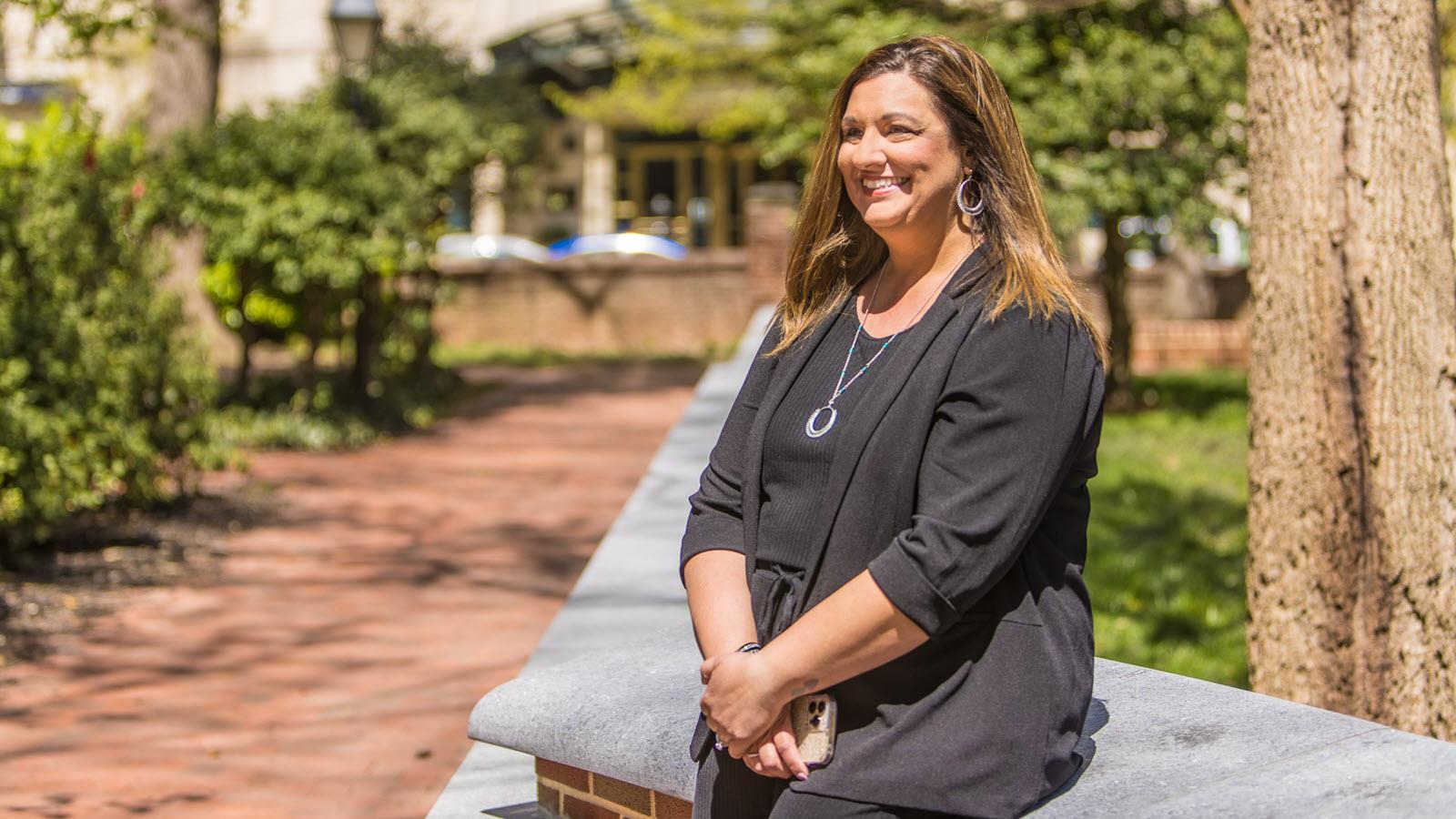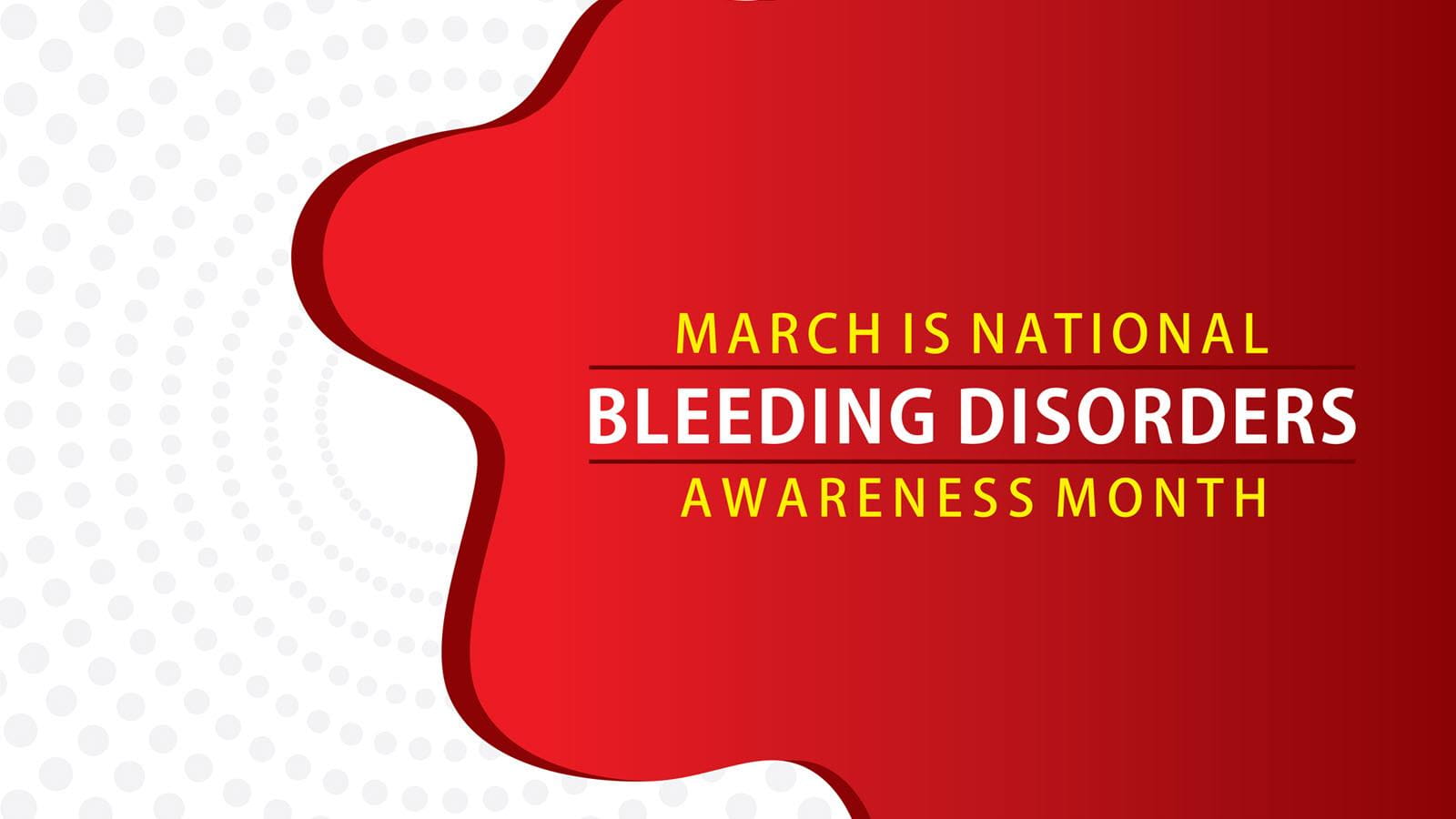“Lived experience” is a phrase that comes up a lot now when medical conditions are being discussed. The idea is that patients and caregivers have a rich and specific view of what it’s like to have a complicated medical condition like a bleeding disorder. With that in mind – and in honor of Bleeding Disorders Awareness Month – we asked two patients and a caregiver to answer this question:
What is one thing most people don’t know or understand about living with a bleeding disorder?

Pete, a hemophilia patient:
Bleeds can happen spontaneously. A person could be sitting in a chair and get a bleed. I think a lot of people often associate action with bleeds and they want to analyze what was done to cause it, but often it can just happen on its own. This can be super frustrating when things are out of one's control.

Kristin, a von Willebrand Disease patient and mom to a son who has hemophilia:
We don’t bleed any faster or differently than all the “normal” people. We do not clot like “normal” people. It is not like a water hose, just gushing all over the place. Most of our bleeding is internal and is not detectable to the uneducated observer.
They also do not understand the genetic component and how that pays into family planning. Up to 30% are spontaneous mutations.
We have to plan, have meds with us and know how to treat ourselves.

One thing most people don’t know or understand is that when it comes to living with a bleeding disorder, a patient may not always “look” like they are in in pain or experiencing symptoms. I vividly remember having a conversation with Brody’s teacher. I told her that we were keeping on an eye on one of his ankles. He was playing at recess and she mentioned how he “looked fine.” He was actually skipping instead of walking to not put full weight on his ankle. I remember this sinking feeling of realizing she didn’t “see” him in pain or understand the symptoms he was experiencing.



